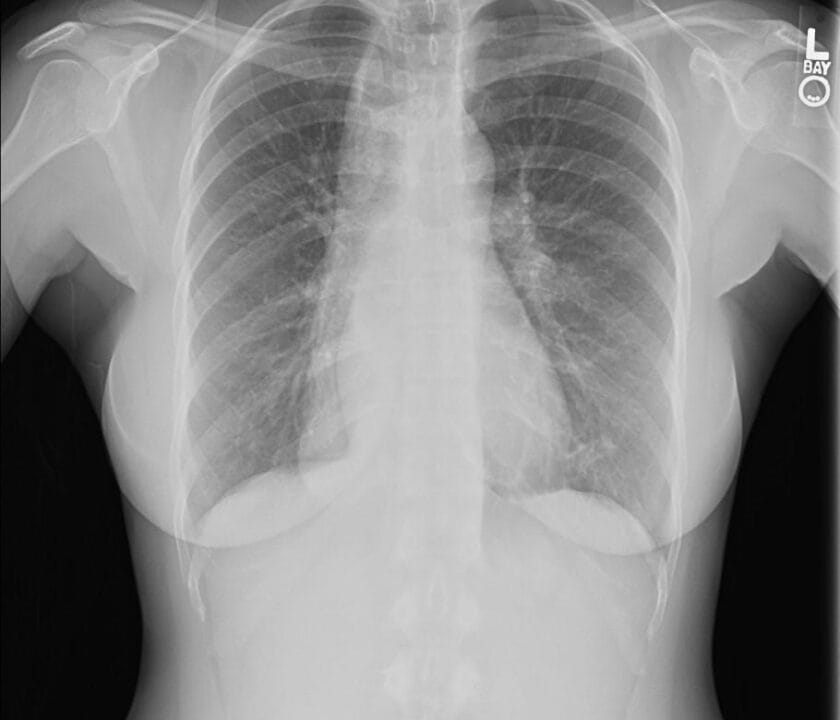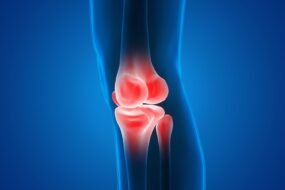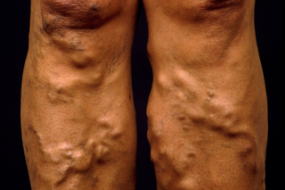
(Greek ‘failure to relax’)
Achalasia is a major primary esophageal motility disorder which is characterized by absence of peristalsis and the impaired LES relaxation in response to swallowing.
Epidemiology
It is a rare but commonest primary esophageal dysmotility.
Causes
- Primary – Idiopathic
- Secondary – Chaga’s disease, DM autonomic neuropathy, Dorsal motor nuclei lesions (polio, surgical ablation)
- Pseudoachalasia – Malignancy (gastric adenocarcinoma)
Pathophysiology
Achalasia occurs due to loss of ganglion cells found in the myenteric (Auerbach’s plexus), causing an imbalance in excitatory and inhibitory neurotransmission at the LES.
Results in a hypertensive unrelaxed esophageal sphincter.
Clinical Presentation
- Progressive dysphagia
- Regurgitation
- Aspiration
- Nocturnal cough
- Weight loss
- Retrosternal chest pain due to esophageal spasm.
Investigations
- Oesophageal manometry. For definitive diagnosis. Shows aperistalsis, abnormally LES pressures, and incomplete LES relaxation on swallowing.
- CXR. Widened mediastinum, air-fluid level in the dilated esophagus, absent gastric bubble.
- Barium swallow. Bird beak appearance.
- OGD. Rule out mechanical stricture and malignancy.
- CT chest/abdomen. R/o malignancies.
Management
- Medication. Aim – Reduce LES tone. CCBs (nifedipine), Nitrates (Nitroglycerin)
- Botulinum toxin injection (endoscopically)
- Per oral endoscopic myotomy (POEM)
- Pneumatic balloon dilation
- Laparoscopic Heller esophagomyotomy with anterior partial fundoplication.
Complications
- Food stasis can lead to friability, erosions, and/or candida esophagitis.
- Increased risk of esophageal SCC.
- Risk of perforation with dilatation.
- Aspiration pneumonia.












